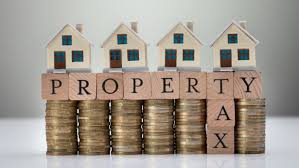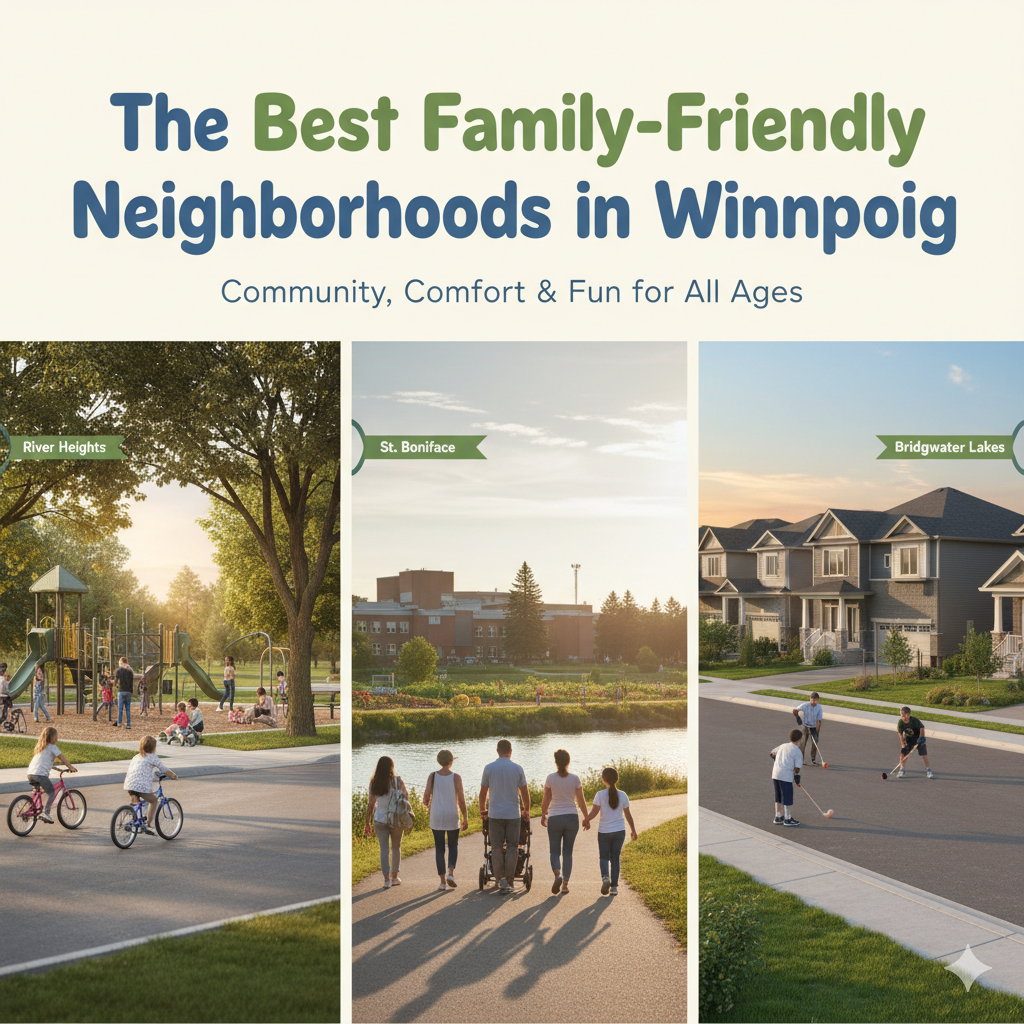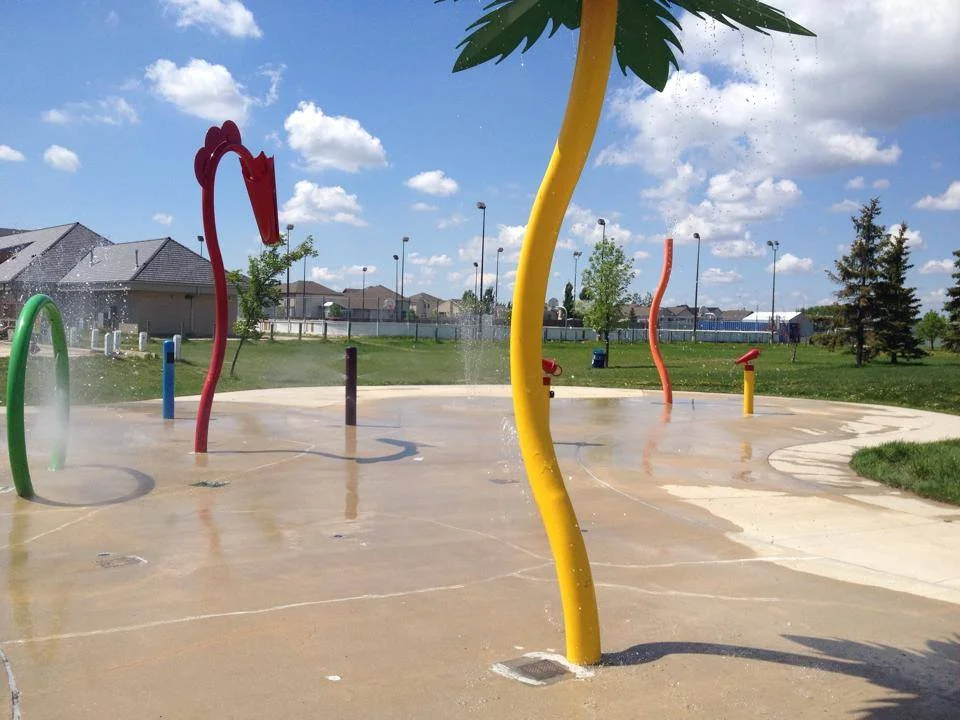Rethinking What “Home” Really Means
For many homeowners, the idea of moving into a smaller space can feel like a step backward. We grow up believing that success is measured by how much we can own — the number of rooms in our house, the size of our backyard, or the square footage of our property.
But there’s a quiet truth that more and more people are starting to discover: bigger doesn’t always mean better.
In fact, when it comes to comfort, lifestyle, and peace of mind, smaller spaces often offer benefits that larger homes simply can’t match.
Whether you’re an empty nester ready for a new chapter, an investor looking to simplify, or someone who’s just tired of managing too much space, there’s something deeply rewarding about choosing less — and gaining more.
Let’s explore the surprising advantages of downsizing to a smaller home — the ones that often go unnoticed but make the biggest difference in your daily life.
1. Comfort That Feels More Like Home
When you live in a smaller space, something subtle but powerful happens — your home starts feeling cozier, more intentional, and more connected.
Large homes often come with unused rooms, empty hallways, or formal areas that rarely serve a purpose. They can feel impressive, yes, but not necessarily warm.
In a smaller space, every corner has meaning. You start to notice the details again — the light that hits your kitchen table in the morning, the way your living room naturally draws people together, or how quickly your home warms up in the winter.
There’s an undeniable comfort in proximity — being closer to the things and people you care about, instead of spread across rooms you barely use.
A smaller home creates that sense of togetherness that can be lost in larger spaces. It’s not about having less; it’s about appreciating what you already have, more deeply.
2. Less Maintenance, More Living
Every homeowner knows that maintaining a home takes time, energy, and money. The bigger the space, the more there is to clean, repair, heat, and cool.
One of the greatest — yet most overlooked — benefits of a smaller home is freedom from endless upkeep.
Fewer rooms mean fewer floors to mop, walls to paint, and light bulbs to replace. Yard work becomes manageable instead of overwhelming. And your weekends? They slowly shift from chore lists to actual rest or quality time.
Financially, the difference can be significant. Smaller homes typically come with lower utility bills, property taxes, and maintenance costs. Over time, those savings can add up to something far more valuable: peace of mind.
You’ll spend less time maintaining your home and more time enjoying your life — whether that means traveling, pursuing hobbies, or simply slowing down.
In short, a smaller space doesn’t limit your lifestyle — it gives it back to you.
3. Mental Clarity Through Simplicity
There’s something deeply calming about living in a space that isn’t overflowing with things.
Smaller homes naturally encourage simplicity. You start to evaluate what truly adds value to your life — and what just fills space.
Decluttering becomes less of a chore and more of a mindset. Each item you keep has a reason for being there. The visual and mental noise that often comes with excess slowly fades away.
Research even supports this connection: people who live in more organized and minimal spaces report higher levels of focus and emotional well-being.
When your environment is calm, your mind follows.
A smaller home helps you create a rhythm of living that’s lighter, more intentional, and far less chaotic. You no longer carry the silent stress of managing “too much.” Instead, you gain a clear sense of what truly matters — and room to breathe.
4. Smarter Design and Efficiency
Smaller spaces push you to be creative. They invite you to make thoughtful design choices that serve both beauty and function.
Modern architecture and interior design have embraced this idea. Open layouts, multipurpose furniture, and clever storage solutions make smaller homes feel larger and more efficient than ever before.
When space is limited, every detail counts. You start optimizing — not compromising.
Your kitchen becomes a place of smart storage and seamless movement. Your living room transforms into a cozy retreat that adapts to your lifestyle. Even your décor choices become more intentional, reflecting who you are instead of just filling space.
And here’s something few people realize: smaller spaces tend to feel more luxurious because they allow you to focus your resources. You can invest in higher-quality finishes, materials, or furnishings because you’re working with less area.
The result? A home that feels refined, comfortable, and thoughtfully crafted — without excess.
5. Financial Flexibility and Freedom
One of the most tangible benefits of moving into a smaller home is financial flexibility.
Selling a larger home often frees up equity that can be redirected toward investments, travel, savings, or simply creating a stronger safety net for the future.
Monthly costs also tend to drop — mortgage payments, insurance, heating, and maintenance all decrease when your home’s footprint does.
This isn’t just about saving money. It’s about gaining freedom.
Freedom to make choices that align with your life today — not the version of it that needed five bedrooms and three bathrooms.
Many of my clients describe this as “finally being able to exhale.” The stress of large financial responsibilities fades, replaced by confidence and control.
You begin to live within your means, not because you have to, but because it gives you peace.
6. Stronger Relationships and Connection
It’s something few people expect — but smaller homes often bring people closer together, both physically and emotionally.
When you share a smaller space, communication naturally improves. You interact more. You cook together. You spend time in shared areas instead of scattering across separate rooms.
Families often find that their relationships strengthen when they downsize. The smaller space encourages togetherness and conversation, not isolation.
Even for individuals or couples, the effect is the same. You begin to prioritize connection — inviting friends over for dinner, gathering around a smaller table that feels intimate, or sharing simple daily moments that used to get lost in the sprawl of a larger home.
A smaller space makes every interaction feel more meaningful. It transforms your house from a structure into a home filled with life and presence.
7. A Lifestyle That Aligns With Your Values
Choosing to live smaller is often an intentional decision — one that reflects a shift in values.
It’s about stepping away from the constant pursuit of “more” and focusing instead on what’s enough.
Downsizing invites you to live in alignment with your current priorities — whether that’s sustainability, financial security, or simplicity. It’s about recognizing that your space should serve you, not the other way around.
Many who make this shift find that they begin spending more time outdoors, engaging with their community, or focusing on experiences rather than possessions.
Your home becomes a reflection of your life today — practical, meaningful, and free of unnecessary weight.
There’s something incredibly empowering about living in a space that truly fits. It feels lighter, more balanced, and more intentional.
8. Environmental Impact: Living Responsibly
Another benefit that often goes unmentioned is the environmental one. Smaller homes naturally consume fewer resources — less energy, fewer materials, and lower emissions overall.
By choosing a smaller space, you reduce your carbon footprint while also lowering your energy bills. It’s a win-win scenario that aligns financial responsibility with environmental consciousness.
In an era where sustainability is becoming more important, this shift toward smaller living isn’t just a personal choice — it’s a contribution to something greater.
Living smaller is, in many ways, living smarter — both for yourself and for the planet.
9. Rediscovering Peace and Purpose
At the heart of it all, the biggest benefit of smaller spaces is something no number or square footage can measure: peace.
There’s a quiet joy in walking into a home that feels just right. Everything has its place. Every room has purpose. Every corner tells a story.
You no longer feel weighed down by excess or trapped by endless upkeep. You feel free — grounded, content, and focused on what truly adds value to your life.
The simplicity of a smaller space doesn’t strip your life of richness; it reveals it.
When you remove the clutter, distractions, and stress of managing more than you need, you make space for clarity, connection, and calm.
And that — more than anything — is what home should give you.
Final Thoughts: Living Well in Less Space
Downsizing isn’t about giving something up. It’s about choosing intentionally. It’s about finding joy in simplicity and freedom in less.
Smaller homes offer comfort, clarity, and connection in ways that larger spaces often can’t. They remind us that fulfillment doesn’t come from square footage — it comes from how we live within it.
If you’ve been thinking about downsizing but aren’t sure where to begin, start by asking yourself what truly matters most right now. What kind of lifestyle do you want to build moving forward?
The answer to those questions often points you exactly where you need to go.
Ready to Explore the Next Step?
If this message resonates with you, and you’re curious about what downsizing could look like for your lifestyle, I’d love to help you explore your options.
You can visit https://tysellswpg.com/ for resources, listings, and guides that make the process easier to understand and plan.
Or, if you prefer a more personal conversation, feel free to reach out directly at 431-996-2077 or tysellswpg@gmail.com.
Downsizing isn’t just a move — it’s a mindset.
And when done with intention, it’s one of the most rewarding decisions you’ll ever make.





















